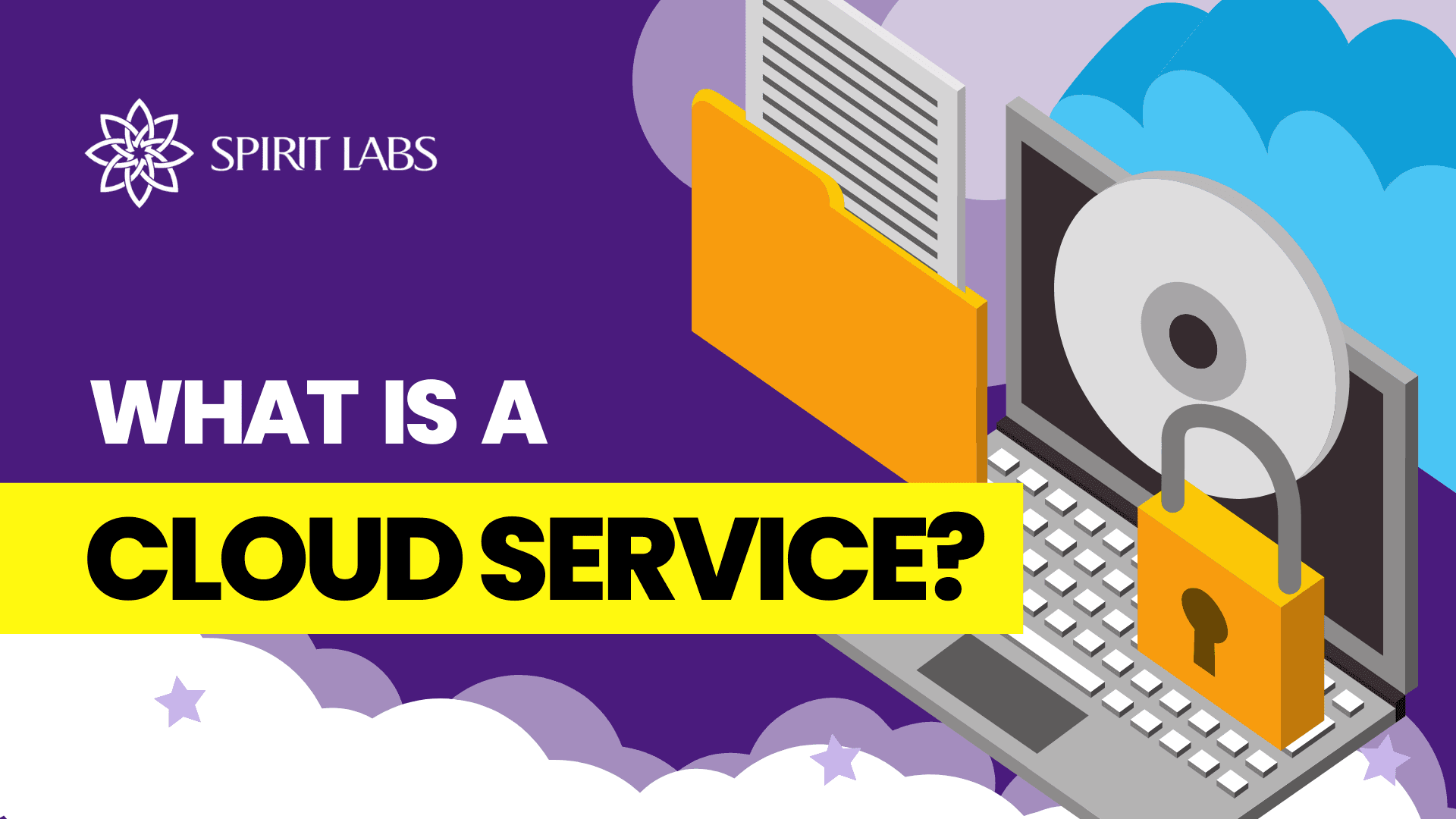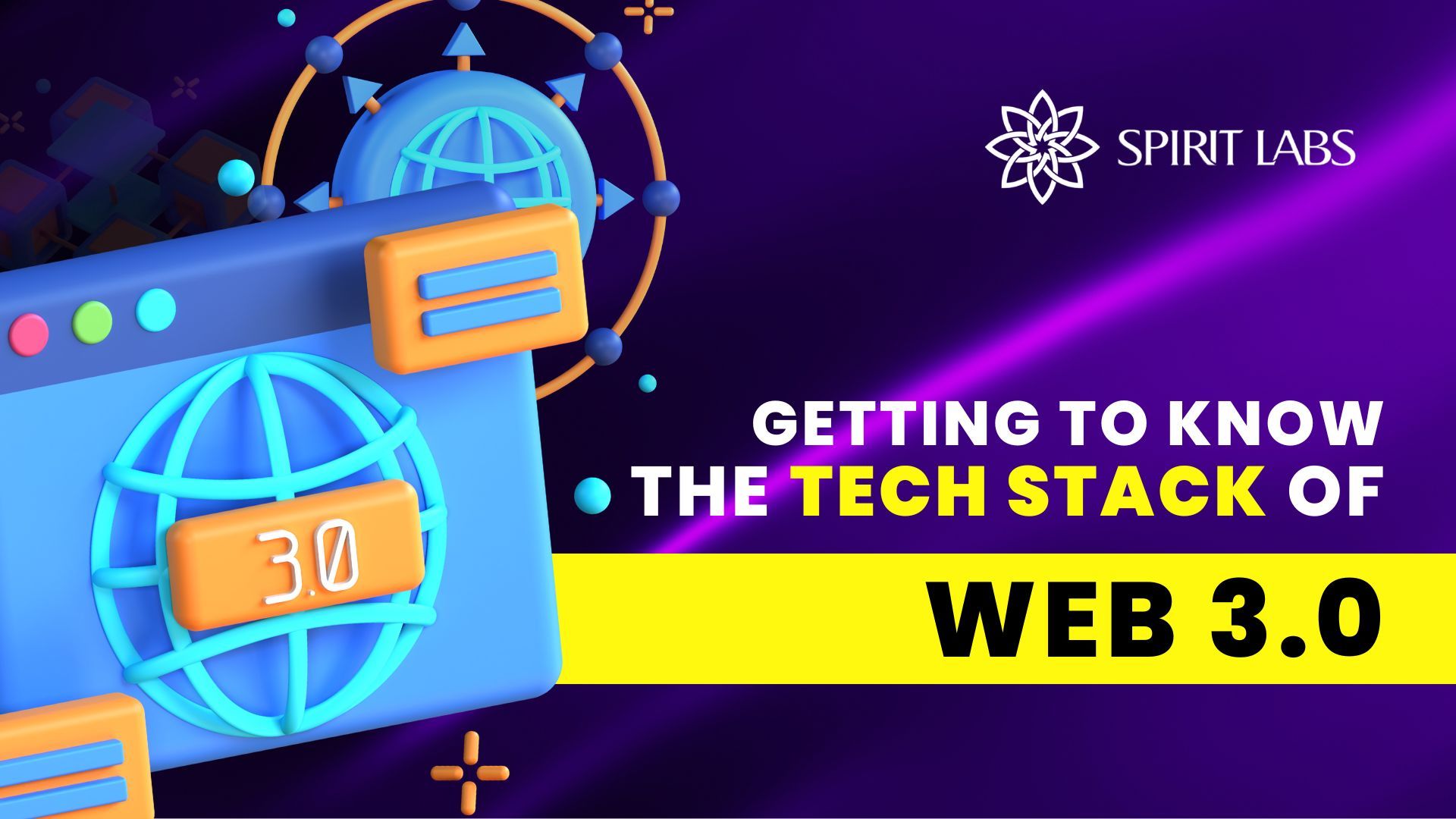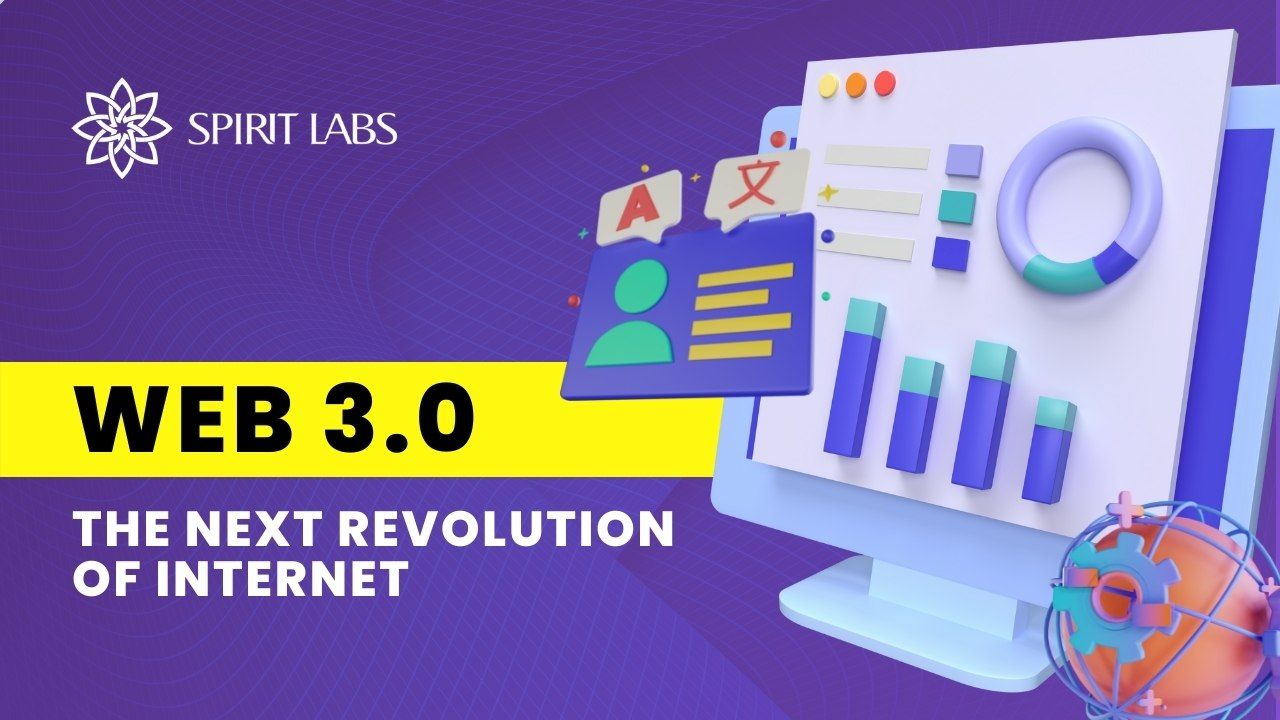
What is a Cloud Service? And What are the Benefits?
Cloud computing is unquestionably both the present and the future of technology infrastructure. Cloud-based applications and services have already been adopted and implemented by businesses of all sizes in almost every industry.
Are you ready for cloud computing transformation for your business? Let’s find out some essential definitions for cloud services with Spirit Labs.
Cloud computing is made available to businesses and consumers online on demand. Cloud services are infrastructure, platforms, or software that are hosted by third-party providers and made available to users through the internet. These cloud services are created to offer quick, inexpensive access to resources and applications without the need for internal hardware. Most employees utilize cloud computing services throughout the workday, whether they are aware of it or not, from checking email to working together on papers.
Cloud computing vendors and service providers are totally in charge of managing cloud services. There is no need for a business to cloud hosting apps on its own in-house servers because they are made available to clients from the providers' servers.
Businesses must choose whether to use a public cloud, a private cloud, or a hybrid cloud environment when determining how to use cloud services.
Public cloud services are services that a cloud provider makes accessible to numerous consumers online. All of the SaaS, IaaS, and PaaS offer open access to cloud-based services. The capacity to share resources at scale allows firms to give staff more capabilities than are probably possible while working alone, which is the main advantage of adopting public cloud services.
Private cloud services are those that a provider does not normally make available to corporate users or subscribers. Applications and data are made accessible through the company's own infrastructure when using a private cloud services architecture. The platform and software are only used by one company and are not accessible to outside users. Private clouds are frequently used by businesses that handle extremely confidential data, such those in the banking and healthcare sectors, to take advantage of cutting-edge security measures and expand capacity as needed in a virtualized environment.
In a hybrid cloud environment, a private cloud solution is integrated with public cloud services. This type of arrangement is frequently used when a company needs to store non-public data in the private cloud but still wants employees to have access to public cloud resources and applications for daily communication and collaboration. Communication between cloud services is made possible by proprietary software, frequently via a single IT management console, known as a cloud server.
Cloud services provide the company with various levels of software-encased IT infrastructure capabilities. Cloud providers deliver them to customers or end users using one of three main models below. By recognizing the parallels, you can better understand how the limitations of each type of cloud computing and cloud service might affect your company.
Software as a Service (SaaS), Infrastructure as a Service (IaaS), and Platform as a Service (PaaS) are the three primary service models of cloud computing.
This is the most widely recognized type of cloud service known as software as a service, or SaaS. The vendor creates and maintains applications for a range of business needs and distributes them to users online. The infrastructure of the supplier hosts these applications. They do not need to be downloaded or installed on the client side because they operate within web browsers.
For example, Dropbox, G Suite, Microsoft Office 365, Slack, and Citrix Content Collaboration are SaaS cloud services. Users can access, share, store, and safeguard data on the cloud via any one of these programs.
Why choose SaaS?
- Lightweight: SaaS is the best option for small firms that can get by with commercial software and lack the internal IT resources or IT staff to implement on-premises hardware.
- Affordable: There are no setup fees for the infrastructure. Additionally, fees for software licenses are assessed on a pay-per-use subscription basis.
- Highly accessible: SaaS services take very little effort to set up and configure. They may also be accessible from anywhere with an internet connection using almost any device, including a smartphone and a large desktop.
Infrastructure as a service, or IaaS, provides the infrastructure that many cloud service providers need to manage SaaS tools—but do not want to maintain themselves. The architecture of the provider can be used by client-side developers to launch and maintain their own unique apps. The service provider is in charge of the hardware virtualization, middleware, and underlying OS.
For example, Amazon Web Services (AWS), Microsoft Azure, and Google Compute Engine are IaaS services. These cloud service providers may also provide load balancing, application firewalls, and other services in addition to maintaining all storage cloud servers and networking gear. IaaS systems are used by several well-known SaaS firms.
Why choose IaaS?
- Fast development: With server-side components and compute resources available on demand, developers can hasten the testing and production processes.
- Multiple language support: The ability to construct software that provides the best performance for every workload or project is provided by inherent support for all popular programming languages.
- Collaboration: Without uploading or synchronizing data or files, development teams dispersed across multiple geographical regions can create and host apps in the same environment. Real-time, up-to-date information and code versions are available to everyone.
Developers can create cloud applications in a web-based environment using the platform as a service (PaaS) cloud service concept. Without the need of managing the underlying components, PaaS offers a database, operating system, and programming language that businesses may use to create cloud-based software.
Many IaaS providers, like the ones mentioned above as examples, also provide PaaS features.
Why choose PaaS?
- Flexibility: Businesses can change the infrastructure and virtual machines (VMs) as needed to meet the needs of individual projects.
- Reliability: The risk of a single point of failure is eliminated because the underlying gear is hosted in various distant data centers. To further reduce the likelihood of downtime, the infrastructure is virtualized, provisioned, and managed by knowledgeable IT staff at major providers.
Using cloud computing could make managing and maintaining your IT systems less expensive. By utilizing the services of your cloud computing service provider, you can cut expenses by avoiding the need to buy pricey systems and equipment for your company. Your running expenses might be lower.
Here is a list of the main advantages an organization can expect to experience after implementing cloud infrastructure.
Scalability
Scalability is one of the hallmarks of the cloud and the primary driver of its exploding popularity with businesses. The infrastructure and software needed to run the service are provided by the cloud service provider, so a corporation is not required to invest in its own resources or add additional IT workers. In turn, this makes it simpler for the company to scale the solution as user demands change, whether it's by adding more licenses to handle an expanding workforce or by expanding and improving the apps themselves. Data storage capacity, processing power and networking can all be scaled using existing cloud computing infrastructure. Better yet, scaling can be done quickly and easily, typically with little to no disruption or down time.
Cost-effectiveness
Many cloud services come with monthly or yearly subscription options, so buying on-premises software licenses is no longer necessary. Because of this, businesses may access software, storage, and other services without spending money on the underlying infrastructure or managing upkeep and upgrades.
Adaptability
Businesses can purchase services as needed and on demand with the help of the cloud. The firm can easily cancel the subscription or shut down the service if and when a specific application or platform is no longer required.
Security
Regardless of size or sector, the security of a company's data is one of its top priorities. The revenue, customer loyalty, and brand positioning of a corporation can all be completely destroyed by data breaches and other cybercrimes. The cloud has various cutting-edge security technologies that ensure data is handled and kept safely. By limiting access to critical information to those employees who need it, features like granular permissions and access management via federated roles help reduce the attack surface for unscrupulous actors.
Fast Deployment
The agility and speed of software development have changed as a result of the quick creation of new cloud computing instances. Without being constrained by on-site hardware restrictions or drawn-out procurement procedures, developers may quickly test new concepts and create application architecture.
Back-up Data
It also helps for backup and restore purposes that data can be kept in the cloud without capacity restrictions. Older software versions can be retained for subsequent phases, in case they would be needed for recovery or rollback, as end-user data changes over time and needs to be tracked for regulations or compliance reasons.
Collaboration
Cloud environments enable better collaboration across teams: developers, QA, operations, security and product architects are all exposed to the same infrastructure and can operate simultaneously without stepping on each other's toes. Cloud roles and permissions help with better visibility and monitoring on who did what and when, to avoid conflicts and confusion. Different cloud environments can be built for specific purposes like staging, QA, demo or pre-production. It’s much easier to collaborate in a transparent manner and the cloud encourages it.
Spirit Labs makes it simple to implement cloud services based on what benefits your company the most. We make it simple to use a broad range of cloud service providers whether you need to keep business-critical programs in a private cloud or progressively shift to numerous public cloud services.
With the ability to grow intensively, SMEs, Startups and Entrepreneurs are able to securely service hundreds or thousands of users—from any location and using any device. Your business can generate a flexible system secured by cutting-edge security technologies, where everyone easily adapt and contribute.
If you are having any questions about IT outsourcing companies or using IT outsourcing services, you can take a look at our last article FAQs: Common Questions about IT Outsourcing Services to be aware of IT outsourcing industry and its benefits: https://spiritlabs.co/blog/fa-qs-common-questions-about-it-outsourcing-services
CONTACT US NOW FOR THE CLOUD APPLICATION: https://spiritlabs.co/contact-us
REFERENCES
- Blog: A Bird's Eye View of Today's Cloud Computing Service Delivery Models
- Article: What is a cloud service?
- Blog: What are cloud services?
- Blog: 12 Benefits of Cloud Computing
- Blog: 13 Key Cloud Computing Benefits for Your Business
- Blog: Types of cloud computing
- Blog: The Different Types of Cloud Computing Explained


